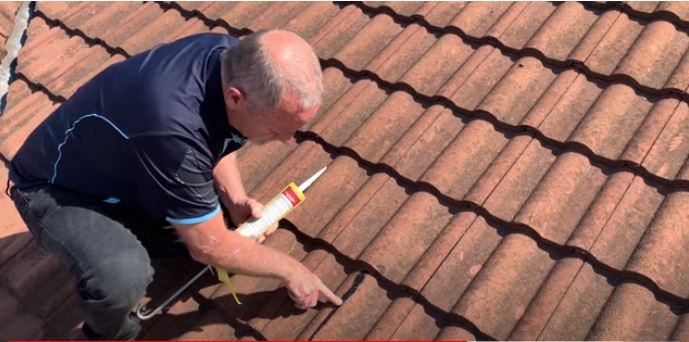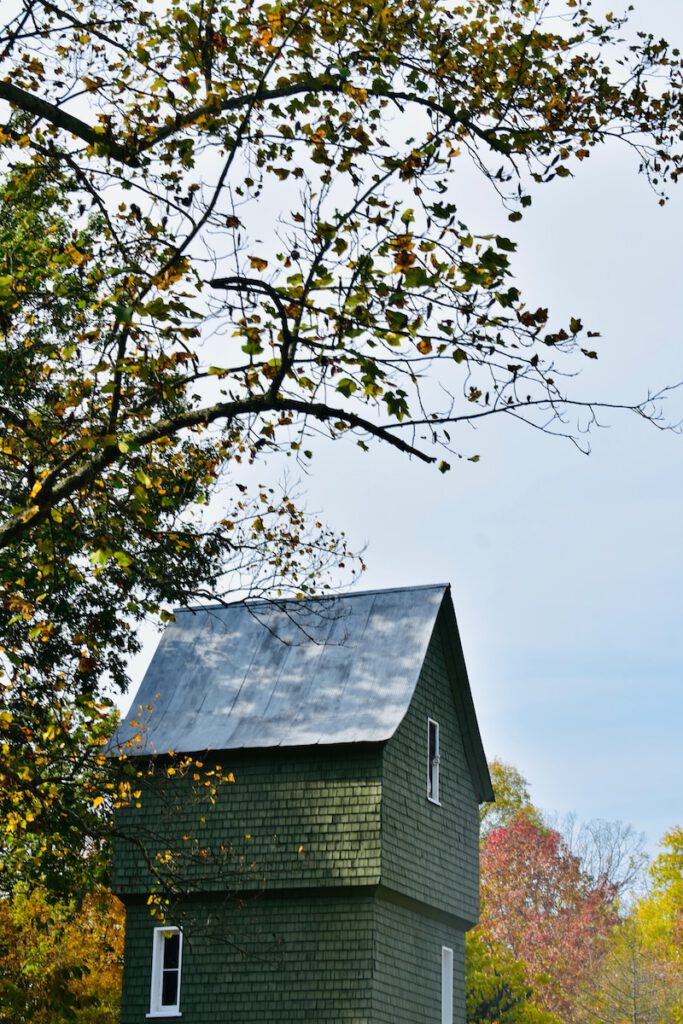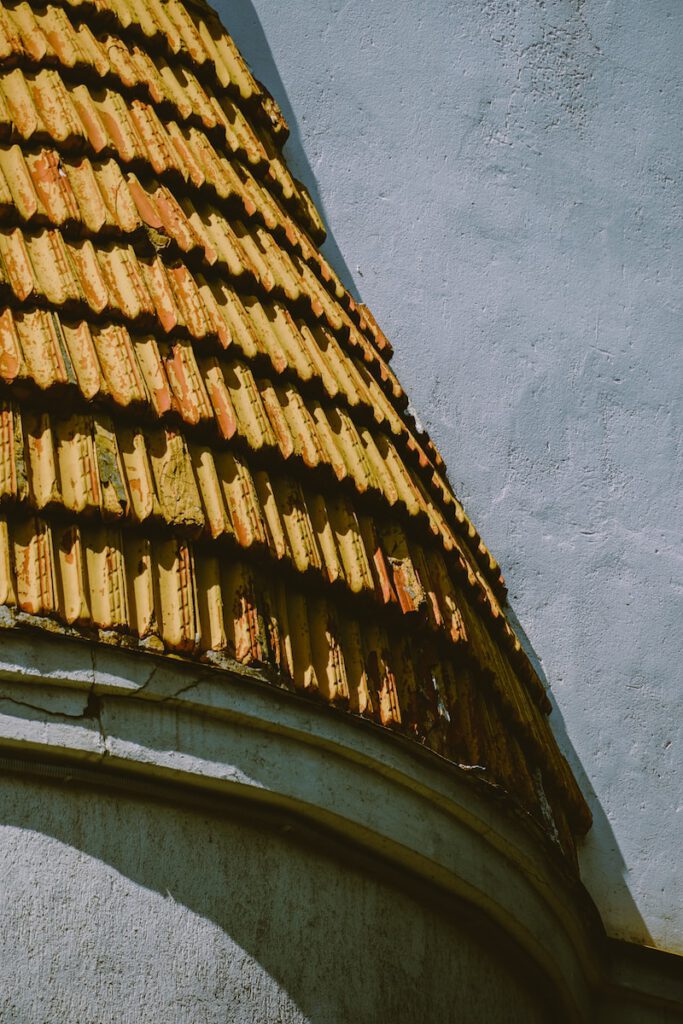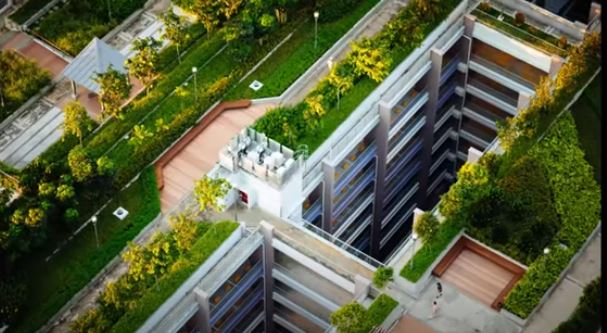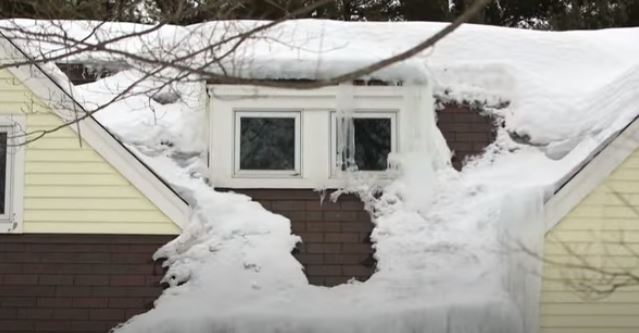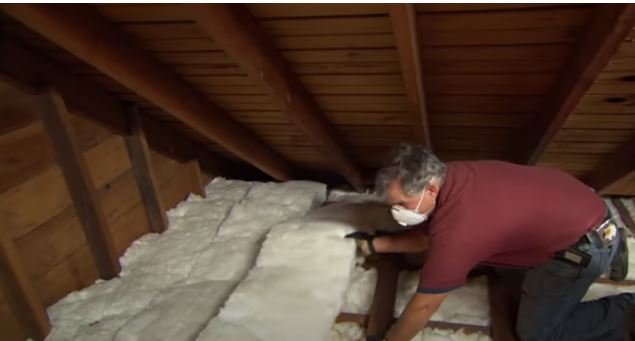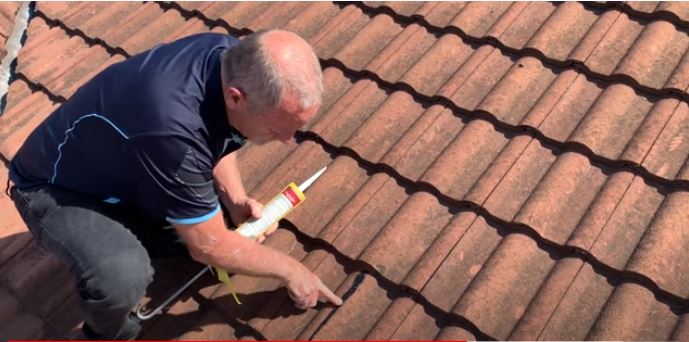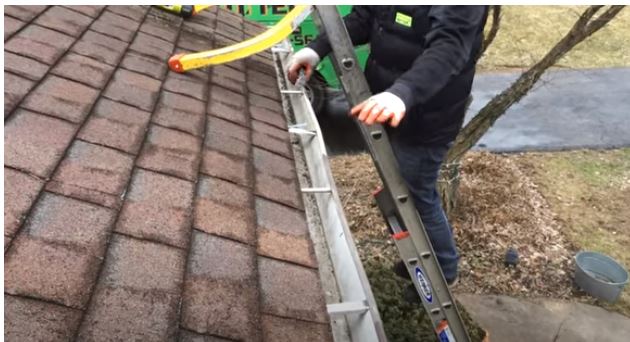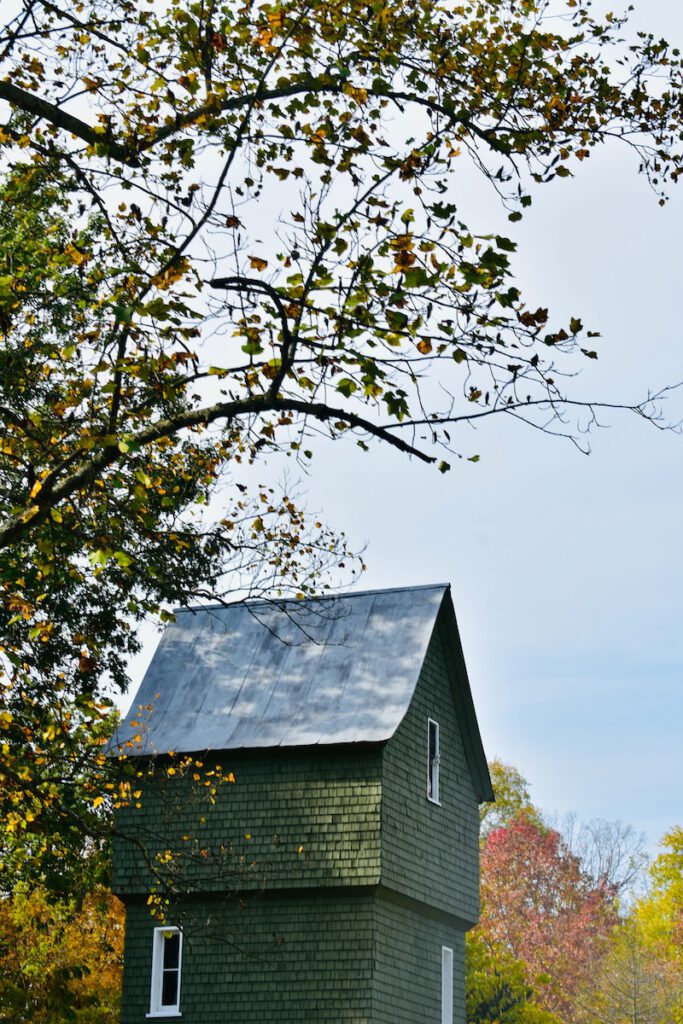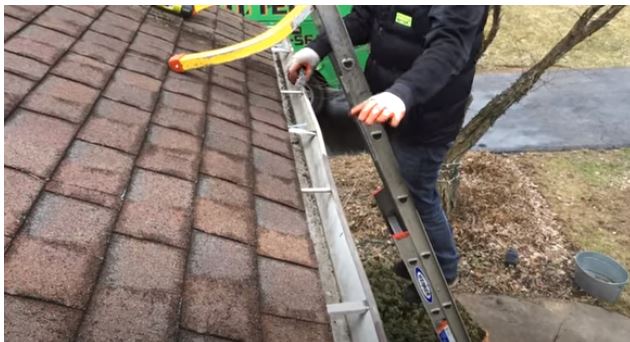
From Membranes to Mod-Bit: A Deep Dive into Flat Roofing Options
I. Introduction
Choosing the right roofing option for flat roofs is critical as it significantly impacts the roof’s longevity, cost-effectiveness, and overall performance. It’s not a decision to be taken lightly. A flat roof must have the right combination of durability, waterproofing, and weather resistance to stand up to the elements and protect the interior of the building.
There are numerous flat roofing materials available in the market, each with its unique characteristics, advantages, and drawbacks. Understanding these various options is key to making an informed decision about the best roofing solution for your project.
When selecting a flat roofing option, it is important to consider factors such as the building’s location, the local climate, the roof’s exposure to sun, and the budget for the project. By carefully evaluating these factors, you can choose a roofing material that best meets your specific requirements.
II. Exploring Membrane Roofing Options
Membrane roofing, as the name suggests, involves the installation of large sheets of material (or membranes) on the flat roof surface. These membranes are designed to be waterproof and durable, offering excellent protection against rain, snow, and other environmental conditions.
One popular membrane roofing material is EPDM (Ethylene Propylene Diene Monomer). EPDM, commonly known as rubber roofing, is known for its durability and affordability. It is resistant to UV rays and offers excellent weather resistance. However, EPDM may not be as aesthetically pleasing as some other options and requires professional installation.
Another membrane roofing option is TPO (Thermoplastic Olefin). TPO combines the performance benefits of EPDM and PVC, offering heat-reflective properties and resistance to UV rays. It is a cost-effective option that provides excellent durability. However, TPO may be more expensive than EPDM and less flexible in colder temperatures.
PVC (Polyvinyl Chloride) roofing is another popular membrane roofing material. It is highly durable and resistant to fire, chemicals, and wind. PVC roofing offers exceptional weather resistance and can withstand extreme temperatures. However, it can be more expensive than other options and may become brittle over time.
When comparing the pros and cons of these membrane roofing options, it’s important to consider factors such as the building’s location, the local climate, the roof’s exposure to sun, and the budget for the project. By weighing these factors, you can make an informed decision about the best membrane roofing material for your specific needs.
Some key advantages and drawbacks of membrane roofing options include:
Advantages:
- Waterproof and durable
- Excellent protection against environmental conditions
- Various material options to choose from, such as EPDM, TPO, and PVC
- Resistance to UV rays and extreme temperatures
- Longevity and cost-effectiveness
Drawbacks:
- Professional installation required
- EPDM may not be aesthetically pleasing
- TPO may be more expensive and less flexible in colder temperatures
- PVC roofing can be more expensive and may become brittle over time
III. Unveiling Built-Up Roofing (BUR)
Built-up roofing (BUR) is one of the oldest and most reliable methods for flat roofing. As the name implies, a BUR system is built up with multiple layers of bitumen and reinforcing fabrics, creating a finished membrane that provides excellent waterproofing and durability.
A BUR system consists of three main components: bitumen, base sheets, and reinforcements. Bitumen, either asphalt or coal tar, provides the waterproofing component of the system. Base sheets serve as the foundation for the roofing system, and reinforcements, usually made from fiberglass or polyester, add strength and stability to the roof.
One of the advantages of BUR systems is their longevity. They have a proven track record of durability and can last for many years with proper maintenance. BUR systems also offer excellent waterproofing, making them suitable for areas with heavy rainfall or snow.
However, there are some drawbacks to consider when choosing a BUR system. BUR roofs can be heavy, requiring additional structural support. The installation process can also be time-consuming and disruptive. Additionally, the use of hot asphalt or coal tar during installation may emit unpleasant odors and require proper ventilation.
IV. Delving into Modified Bitumen Roofing
Modified bitumen roofing is a modern take on the traditional built-up roofing method. It’s composed of asphalt that’s been modified with plastic or rubber additives, resulting in a roofing material that’s both durable and flexible.
One of the main benefits of using modified bitumen is its excellent weather resistance. It can withstand extreme temperatures, making it a great option for both hot and cold climates. Modified bitumen roofs are also easy to install and require minimal maintenance.
However, like any roofing option, modified bitumen has its drawbacks. It can be more expensive than other flat roofing options, and while it’s resistant to weathering, it may not be as durable as other materials like EPDM or PVC. Additionally, the installation process requires professional expertise to ensure proper adhesion and sealing.
V. Other Flat Roofing Options to Consider
Besides the popular options mentioned above, there are other flat roofing options worth considering. These options provide unique advantages and cater to specific needs.
-
Green roofs: Green roofs offer a unique and environmentally friendly option. They consist of a layer of vegetation planted on top of a waterproofing membrane. Green roofs provide excellent insulation, reduce stormwater runoff, and improve air quality. However, they require a significant initial investment and ongoing maintenance.
-
Metal roofs: Metal roofs are durable, fire-resistant, and recyclable, making them an environmentally friendly choice. They come in various styles, including standing seam, corrugated, and metal shingles. Metal roofs offer longevity and are resistant to extreme weather conditions. However, they can be noisy during rain and hailstorms, and they may dent from heavy impact.
-
Spray polyurethane foam (SPF) roofing: SPF roofing is a lightweight, durable, and energy-efficient option. It is created by spraying a mixture of liquid components onto the roof, which expands into a solid foam. SPF roofs provide excellent insulation and can be applied to a variety of roof shapes. However, professional installation and regular maintenance are necessary to ensure its longevity.
Each of these options has its own set of advantages and considerations. It’s important to evaluate factors such as cost, durability, energy efficiency, and maintenance requirements when selecting the most suitable flat roofing option for your project.
VI. Factors to Consider When Choosing a Flat Roofing Option
When choosing a flat roofing option, several factors need to be taken into account:
-
Local climate and weather conditions: Consider the climate in your area, including temperature extremes, rainfall, and wind patterns. Certain roofing materials perform better in specific climates.
-
Lifespan and maintenance requirements: Evaluate the lifespan of the roofing material and the maintenance it requires. Some materials may require regular inspections and repairs, while others are more low-maintenance.
-
Cost considerations: Determine the initial investment and ongoing maintenance costs associated with each roofing option. Consider the long-term cost-effectiveness and durability of the material.
-
Energy efficiency: Increasingly, property owners prioritize energy efficiency in their roofing choices. A more energy-efficient roof can significantly reduce heating and cooling costs, leading to long-term savings.
By carefully considering these factors, you can make an informed decision about the best flat roofing option for your specific needs.
VII. Conclusion
In conclusion, there are various flat roofing options to choose from, each with its unique properties, advantages, and disadvantages. Making the right choice involves a thorough understanding of these options and careful consideration of various factors such as climate, cost, lifespan, and energy efficiency. It’s also essential to consult with a professional roofer for expert guidance, as they have the experience and knowledge to recommend the most suitable roofing option for your specific needs. Remember, a well-chosen roofing option is an investment that will protect your property for years to come.

